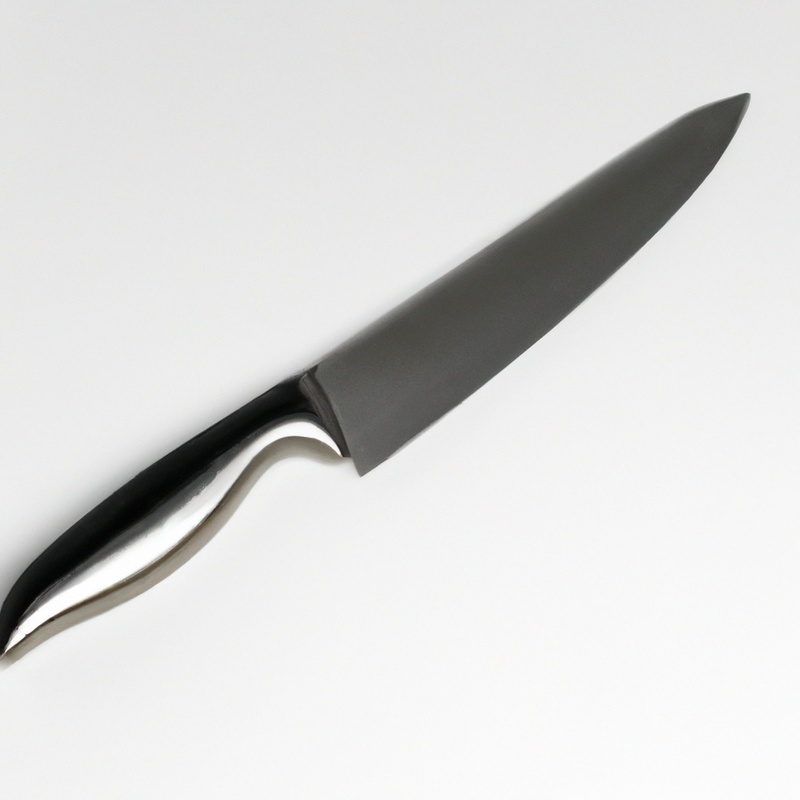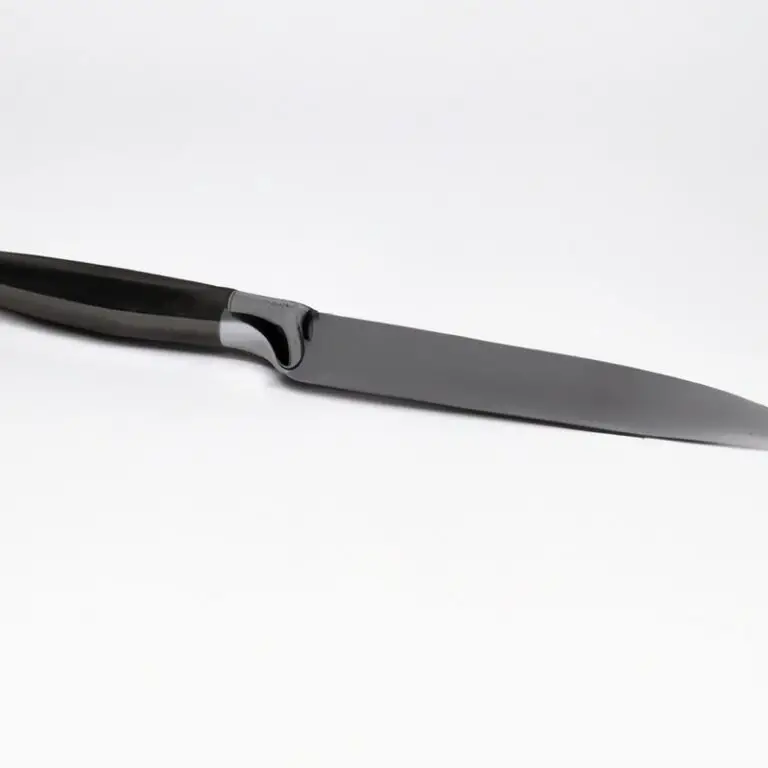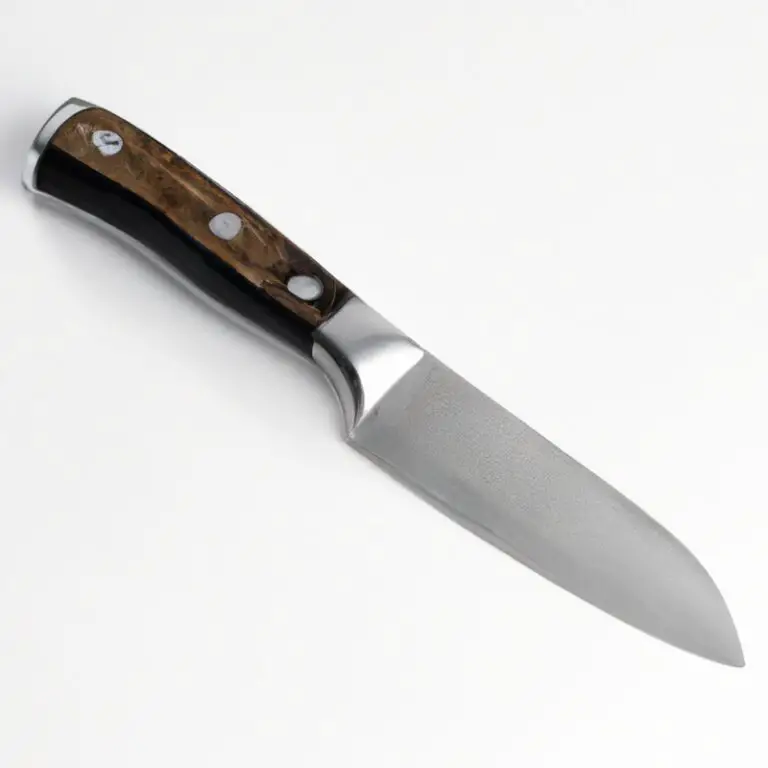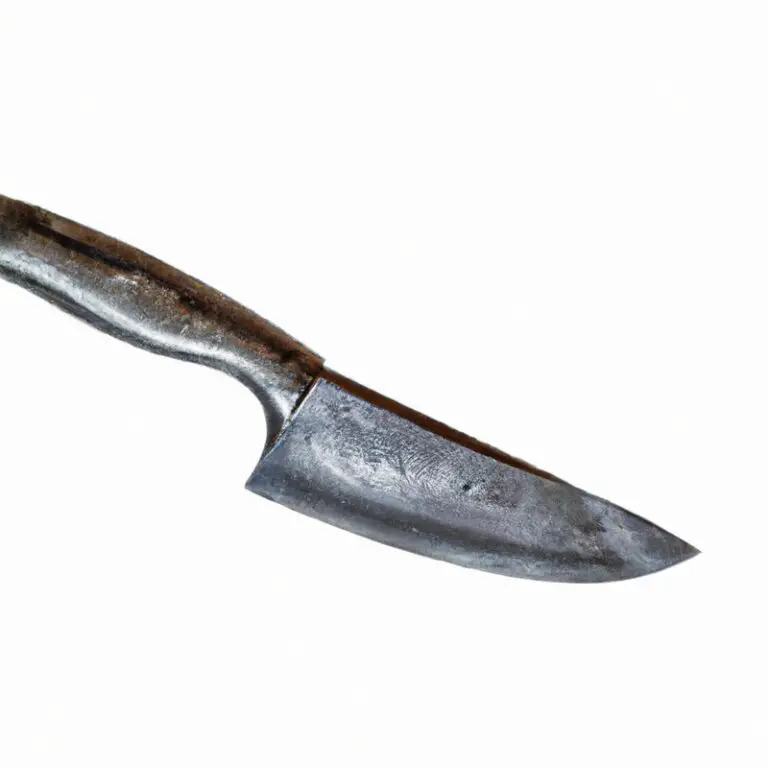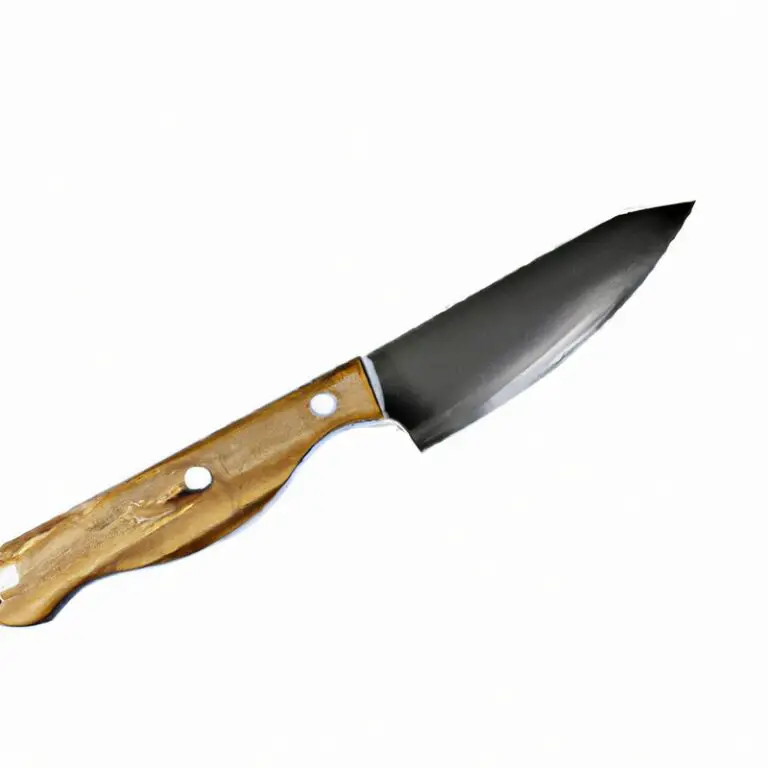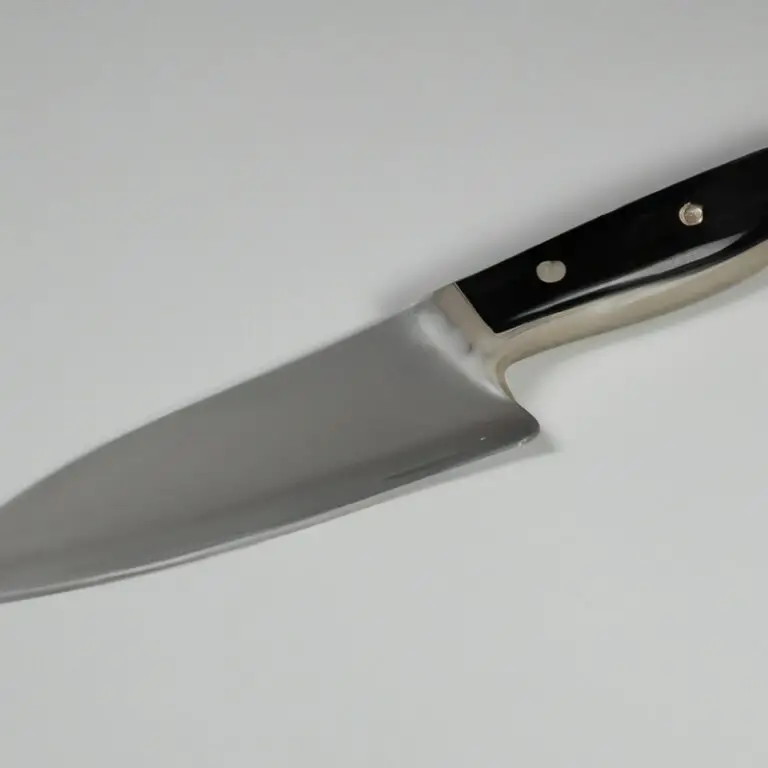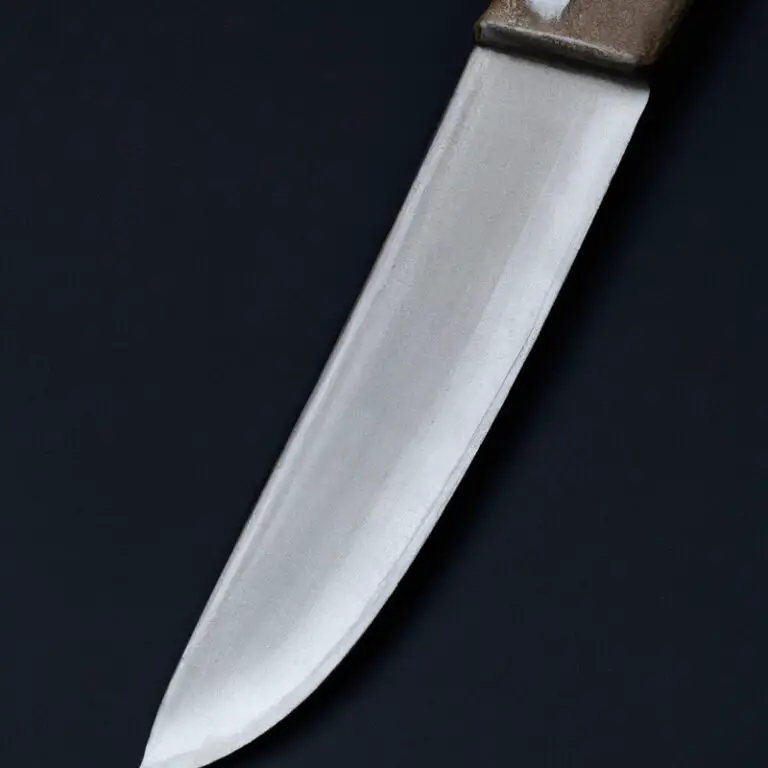How To Fillet a Rockfish Using a Fillet Knife Like a Pro?
Key Takeaways:
- To fillet a rockfish, ensure that you have a sharp fillet knife and lay the fish on a clean cutting board.
- Cut through the fish’s backbone by using short, steady strokes and remove the fillet from the skin.
- Properly dispose of the fish bones and skin to prevent any health hazards.
- Practice and patience are key when learning to fillet a rockfish with a fillet knife.
Have you ever caught a rockfish but were unsure how to fillet it properly? Filleting a rockfish requires skill and a sharp fillet knife.
With the right technique, you can fillet a rockfish in no time.
In this blog post, I will guide you through each step of filleting a rockfish using a fillet knife. From choosing the right knife to cleaning and storing the fillets, you’ll learn everything you need to know to fillet a rockfish like a pro.
So, let’s get started and turn that caught rockfish into a delicious meal!
| Steps | Description |
|---|---|
| 1 | Place the rockfish on a cutting board, belly down. |
| 2 | Using a sharp fillet knife, make an incision behind the gills and cut down towards the base of the head. |
| 3 | Turn the blade parallel to the spine of the fish and gently insert it into the incision made in step 2 at a 45 degree angle. |
| 4 | Slowly slide the blade along the backbone towards the tail in one stroke, applying gentle pressure to separate the flesh from the ribcage. |
| 5 | When you reach the rib cage, gently pivot the fillet knife and begin cutting towards the tail with a sawing motion to completely separate the fillet from the rest of the fish. |
| 6 | Flip the fish over and repeat the process to remove the second fillet. |
| 7 | Remove the skin from the fillets by gently inserting the blade between the skin and the flesh at the tail end of the fillet and sliding it towards the head. Repeat for the other fillet. |
| 8 | Rinse the fillets with cold water and pat dry with a paper towel before using or storing in the refrigerator or freezer. |
Choosing the Right Fillet Knife for a Rockfish
When it comes to choosing the right fillet knife for a rockfish, there are a few important factors to consider. Firstly, the blade must be long and flexible enough to make clean cuts along the fish’s contours without damaging the flesh.
A blade that is too stiff or short may result in uneven fillets or wasted meat.
Secondly, the handle of the fillet knife should provide a comfortable and secure grip, even when the hands are wet or slippery. Look for a handle made of non-slip materials such as rubber or ergonomic designs that will reduce hand fatigue.
Lastly, consider the material of the blade itself.
High-quality stainless steel blades are ideal for filleting fish, as they are rust-resistant and retain their sharp edge for longer periods. Avoid cheap blades that may dull quickly or break during use, as this could lead to dangerous accidents in the kitchen.
Investing in a quality fillet knife that meets these criteria will not only make filleting a rockfish easier and more efficient but also help you achieve great results every time.
Preparing the Fish for Filleting
Preparing the fish properly is crucial to ensure a clean and efficient filleting process. Begin by placing the whole rockfish on a clean cutting board and securely holding it in place with one hand.
With the other hand, use a sharp knife to make a shallow incision behind the gills and along the pectoral fin towards the belly.
Repeat on the other side. Next, remove the head, tail, and entrails by cutting along the belly from the anus to the head.
Discard or save these parts for later use.
Rinse the fish thoroughly under cold water and pat it dry with a clean towel. Scaling the fish is optional, but it is recommended for a cleaner final product.
Use a fish scaler or a dull knife to scrape off the scales in the direction away from the head and towards the tail.
Clean the inside of the fish’s cavity by removing any remaining blood and entrails. Once the fish is cleaned and scaled, it is ready for filleting.
Proceed to the next section for step-by-step instructions on filleting a rockfish using a fillet knife.
Removing the Head, Tail, and Entrails
To remove the head, tail, and entrails of a rockfish, begin by laying the fish on a clean and flat surface. Hold the fish by the head towards you and cut the gills all the way around, using a sharp fillet knife.
Then, with your other hand, firmly grip the tail and make a straight cut through the fish, just below the gills, until the knife reaches the spine.
Next, turn the fish, hold the tail and insert the tip of your knife right above the anus; slice the knife all the way up to the fish’s jaw, making sure to remove the innards. Discard the head, tail, and entrails properly.
Scaling the Fish
Scaling the fish is an important step before filleting as it removes the fish scales which can be tough and unpleasant to eat. To scale a rockfish, use a scaling tool or the backside of a knife and scrape along the fish’s skin towards the head, being gentle enough to avoid damaging the meat, until all scales are removed.
Rinse the fish under cold running water to clean off any loose scales, and pat it dry with a paper towel.
Once the fish is fully scaled, proceed with the filleting process.
Making the First Incision
To make the first incision in filleting a rockfish, locate the fish’s spine by feeling for a bony ridge running vertically down its center. Using a sharp fillet knife, make a small incision near the top of the fish’s head, just behind the gills.
Insert the blade and carefully slice down along the spine, using the bony ridge as a guide.
Then, angle the knife toward the fish’s belly and continue cutting until the blade reaches the base of the fish’s tail. Lift the fillet away from the rib cage and set it aside for later cleaning and trimming.
Repeat the process on the other side of the fish to obtain a second fillet.
The first incision is essential to beginning the fillet process, so take your time and make sure you cut precisely along the spine.
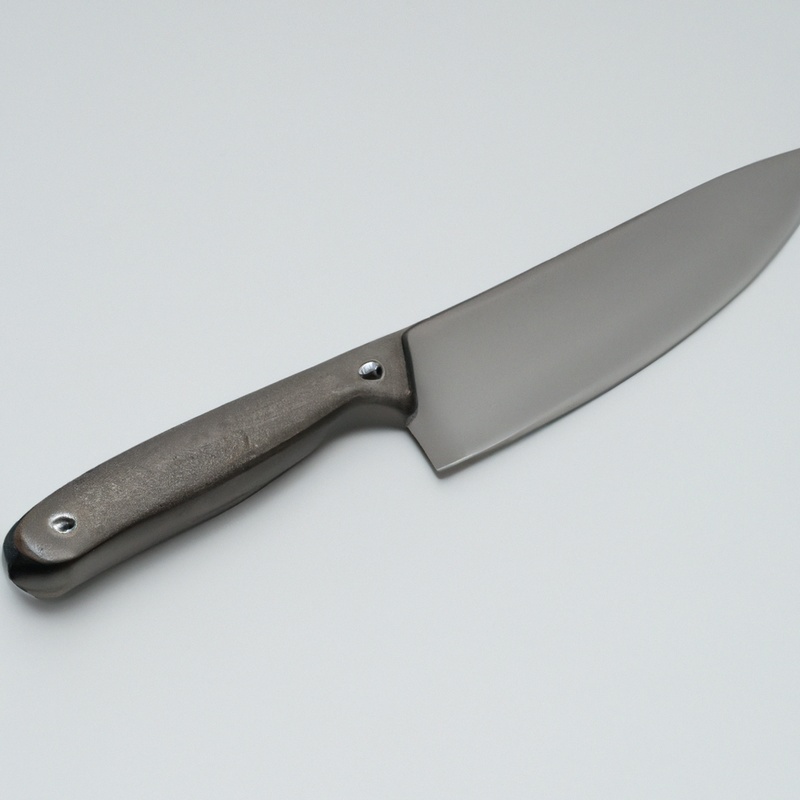
Working the Blade along the Backbone
When it comes to working the blade along the backbone of a rockfish, it is essential to have a steady hand and take your time. Start the cut at the head of the fish and insert the knife blade into the flesh next to the backbone.
Using a gentle sawing motion, move the blade along the bone towards the tail of the fish.
Cut through the rib bones, but be careful not to pierce the fillet or cut through any bones that might still be attached to the flesh. Repeat the process on the opposite side of the fish to create two fillets.
The working process relies on a smooth rock-steady motion combined with a sharp blade to effortlessly carve the fish fillet.
Separating the Fillet from the Rib Cage
To separate the fillet from the rib cage of a rockfish, start by making a small incision just behind the gills. Then, using a steady motion, slide the fillet knife down the length of the rib cage, following the contour of the bones.
As you move along the bones, gently lift the fillet away from the rib cage with your non-knife hand.
Keep the knife blade parallel to the rib bones to avoid cutting through them and ensure you extract as much meat as possible. Repeat the same process on the other side of the fish to get the second fillet.
Once the fillets are separated from the ribs, proceed to the next step of removing the skin.
Removing the Skin from the Fillet
Removing the skin from the fillet is a crucial step towards preparing a tasty rockfish dish. To do this, lay the fillet skin-side down on a cutting board, and grab the tail end of the skin with your non-knife hand.
Using your fillet knife, insert the blade between the flesh and the skin at the tail end.
Work the blade in a sawing motion up the length of the fillet. Keep the blade angled slightly downwards to avoid cutting away too much flesh.
If necessary, use your non-knife hand to pull the skin in the opposite direction of the blade’s trajectory.
Repeat the process on the other fillet until all skin is removed. Discard the skin and ensure that all scales are removed from the flesh.
By doing so, you will have two skinless fillets ready to be trimmed and cooked according to your recipe.
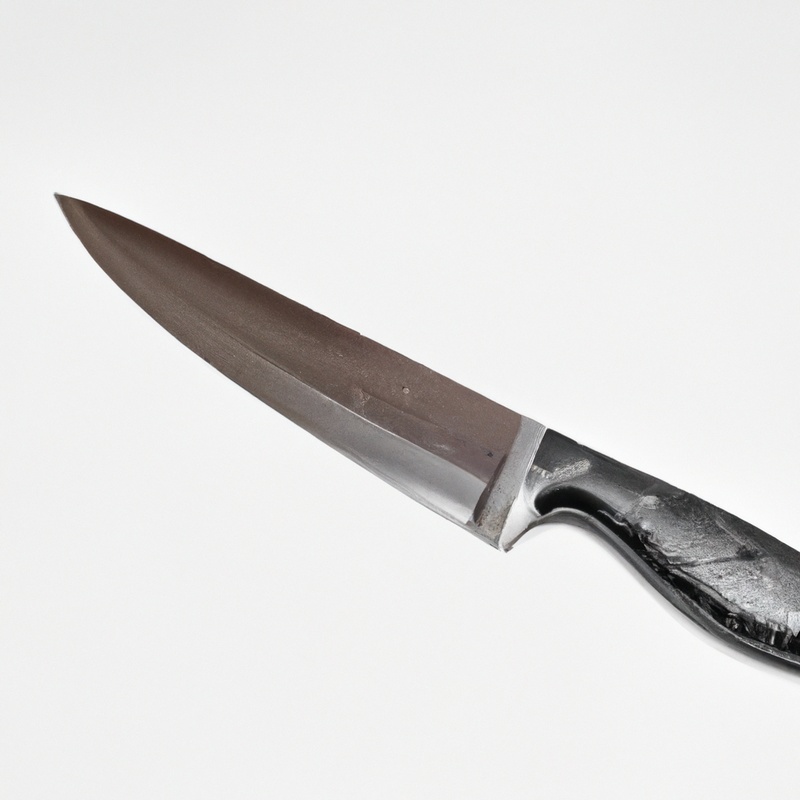
Trimming any Remaining Bones and Edges
After removing the skin from the fillet, it is essential to trim any remaining bones and edges. Using a tweezers, remove any small bones that may be left behind.
These bones can be tricky to notice, so take your time and inspect the fillet thoroughly.
Once all the bones have been removed, lightly run your fingertips along the edges of the fillet to locate any rough or uneven spots. Trim these areas with a sharp knife to provide a smooth and clean finish.
Ensuring that all the bones and edges are trimmed correctly will enhance the overall presentation and quality of the fillet.
Plus, it increases the safety factor while consuming the fish, ensuring that no unintentional bones are present.
Cleaning and Storing the Fillets
Cleaning the fillets is an important step before storing them. First, rinse the fillets under cold water to remove any excess scales or debris.
Then, pat the fillets dry with paper towels.
If there are any remaining scales or bones, use tweezers or pliers to remove them. To store the fillets, wrap them tightly in plastic wrap or place them in an airtight container in the refrigerator.
It’s important to store the fillets at a temperature below 40 degrees Fahrenheit to prevent bacterial growth.
With proper storage, rockfish fillets can last up to three days in the refrigerator. If you don’t plan on using the fillets within three days, consider freezing them.
Wrap the fillets tightly in plastic wrap, then again in aluminum foil or a plastic freezer bag to prevent freezer burn.
Frozen fillets can last up to six months in the freezer. When you’re ready to use the fillets, thaw them in the refrigerator overnight or under cold running water.
Avoid thawing the fillets at room temperature, as this can promote bacterial growth.
With proper cleaning and storage, your rockfish fillets will be fresh and delicious whenever you’re ready to prepare them.
Final Verdict
Filleting a rockfish can be an easy and enjoyable task once you have the right tools and know the proper technique. By carefully choosing the right fillet knife, preparing the fish, and working gently and methodically along the backbone, you can create beautiful fillets that are ready to cook and serve.
Remember to always practice caution and safety when using a fillet knife and to store your cleaned, trimmed fillets properly for the best results.
With these tips in mind, you can become a pro at filleting rockfish and impress your family and friends with your culinary skills. By following these steps, you can produce delicious fish dishes that will make you the envy of all your guests.

